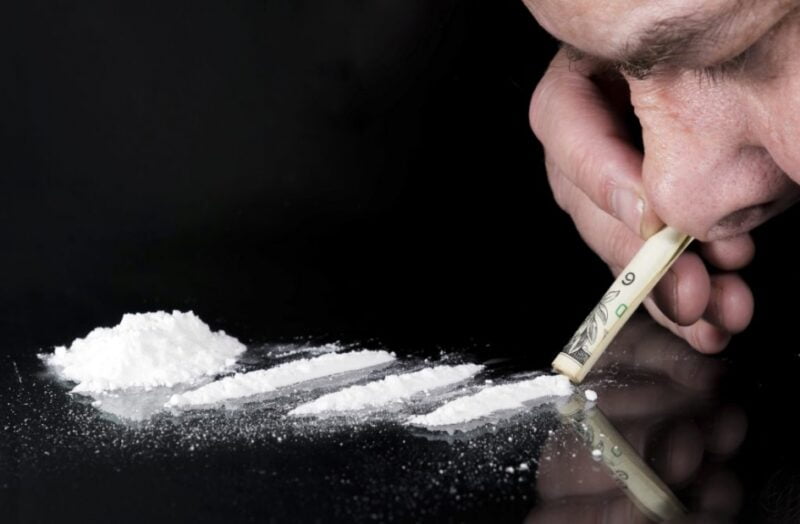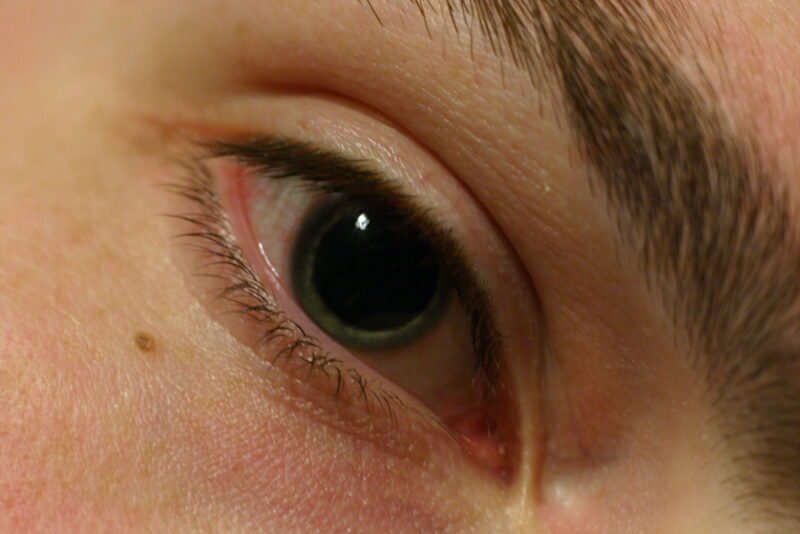Understanding Cocaine

Cocaine is a powerful stimulant drug derived from the leaves of the coca plant native to South America. Despite its historical use for medicinal purposes, today it is primarily known as a recreational drug with high potential for addiction and abuse. In this article, we will explore what cocaine is, its effects and side effects, and the various methods available for treating cocaine addiction.
Effects and Side Effects
Immediate Effects
Cocaine acts quickly on the central nervous system, producing intense euphoria, increased energy, and heightened alertness. These effects are the result of cocaine’s ability to increase levels of dopamine in the brain, a neurotransmitter associated with pleasure and reward.
Short-Term Side Effects
However, the short-term effects of cocaine are not solely positive. Users often experience:
- Increased heart rate and blood pressure
- Dilated pupils
- Elevated body temperature
- Reduced appetite and sleep
- Hyperstimulation and irritability
Long-Term Side Effects

Prolonged use of cocaine can lead to severe health issues, including:
- Cardiovascular problems such as heart attacks and strokes
- Respiratory issues from inhalation methods
- Neurological damage, leading to cognitive deficits and mental health disorders
- Increased risk of infectious diseases from needle sharing
Additionally, chronic use often results in addiction, characterized by compulsive drug-seeking behavior and difficulty in quitting despite harmful consequences.
Treatment of Cocaine Addiction
Behavioral Therapies
Treating cocaine addiction involves a combination of behavioral therapies and, in some cases, medication-assisted treatments. Cognitive-behavioral therapy (CBT) is particularly effective, helping individuals recognize and change their drug-related thoughts and behaviors.

Medications
Currently, there are no FDA-approved medications specifically for cocaine addiction, but research is ongoing. Some medications used to treat other disorders show promise in reducing cocaine cravings and withdrawal symptoms.
Support Groups and Counseling
Support groups such as Narcotics Anonymous (NA) provide peer support and accountability. Individual and group counseling sessions are also critical in addressing the psychological aspects of addiction.
Rehabilitation Programs
Inpatient and outpatient rehabilitation programs offer structured environments where individuals can focus on recovery. These programs often include a combination of medical supervision, counseling, and support services.
Conclusion
Cocaine is a potent stimulant with significant risks, especially when abused. Understanding the drug’s effects and side effects is crucial for recognizing the signs of addiction and seeking appropriate treatment. Behavioral therapies, support groups, and comprehensive rehabilitation programs play vital roles in helping individuals overcome cocaine addiction. With the right approach and support, recovery is possible, paving the way for a healthier, drug-free life.
Comments